So far in this aerial photography tips series, we’ve talked about how to get airborne (Aerial Photography Part 1) and some of the equipment best suited to aerial photography (Aerial Photography Part 2). And we’ve discussed planning your adventure. Next, we are going to look at some camera settings that work best for aerial photography.
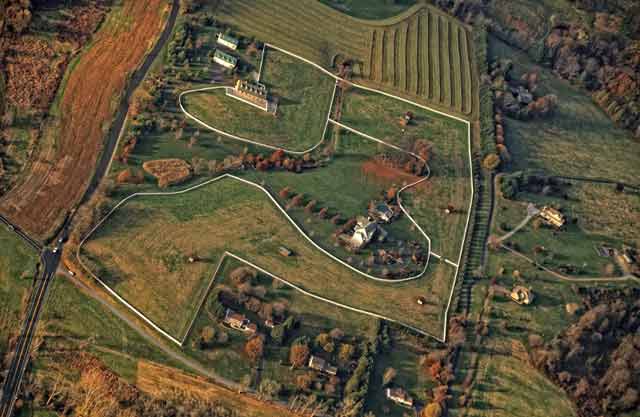
Set Up Your Camera to Take the Pictures
Every trip is different – objectives, terrain, and weather all change from one flight to another, and sometimes even within a flight. This is especially true with weather, which can change within seconds. You only have one light source with which to work, the sun, and weather can radically alter your relationship with that light source.
The settings you thought were going to work best simply don’t anymore, and it can happen in an instant, even within a single image!
Here’s an example of why knowing your camera intimately can pay big dividends. I was downtown recently, had my DSLR with me – turned off. I heard a familiar noise and thought, “Here comes a photo-opportunity.” I whipped the camera around, turned it on, and quickly set the aperture and shutter speed. I zoomed and framed – had exactly enough time to crank out one image. One second later, he was gone.
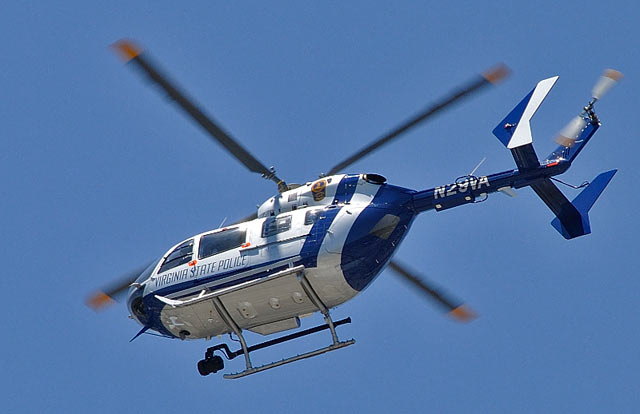
This is why I recommend knowing your camera intimately. You don’t want to learn how to change settings while flying. It needs to be second nature.
We are very familiar with the relationships among shutter speed, aperture and ISO sensitivity, so I won’t go into those details here. Instead, here are some pointers for basic settings that I have found to be very successful for the majority of aerial work:
Aerial Photography Tips – ISO Settings
Using the lowest ISO setting available with your equipment helps to ensure the maximum resolution of your image. Aerial photography is all about resolution, so digital “noise” (like film grain) is the bane of our craft. And steer away from using digital ISO settings below the lowest rated offered by your camera.
For example, if your lowest rated setting is ISO 200, don’t use the “LO” setting to reduce the effective speed to ISO 50 or 100. All you are doing is clipping valuable pixel information out of your image.
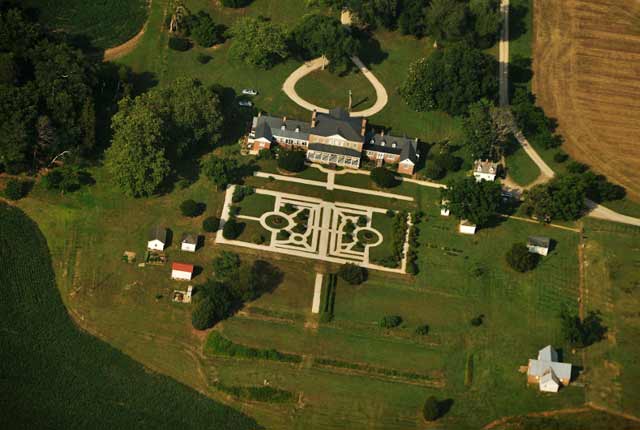
It’s all about resolution!
Shutter Speed: The Faster the Better
There are a couple of factors that can impact image sharpness. One is aircraft vibration, the other is the speed at which you are flying over the ground. In Civil Air Patrol, our standard airspeed for aerial photography is 90 knots (about 105 mph).
At that speed, you are moving over the ground at 150 per second. Faster shutter speeds help minimize camera “shakes” and blurring from speed. For best results, I recommend no longer than 1/500, 1/1000 or even higher is better yet. Of course, how fast you can trip your shutter and still get good contrast and detail range depends on the quality of light from your single source – which again depends on the weather.
Aperture
As I discussed in Part 2, each lens has its own “sweet spot” for maximum sharpness. We know aperture affects depth of field. Unlike ground-based photography, depth of field is almost a non-issue, since we are focusing almost to infinity. Don’t look for “bokeh” effects in your aerial images! So, set your aperture at the maximum sharpness setting for the lens, and concentrate on shutter speed and framing your composition.
Auto or Manual?
Here we can get into some serious debate. Some of us are simply not comfortable with full manual (where you control shutter speed, aperture and ISO), and that’s O.K. Just because I prefer manual doesn’t mean you should be forced to use it.
If you are going to use a setting other than full manual, I recommend using Shutter Priority with a given ISO setting to make sure the camera doesn’t drop you below 1/500 (which can result in blurry pictures).
Metering
If you are using full manual, you are not metering at all. You are telling the camera what exposure settings to use. If you are using something other than full manual (shutter priority, for example), you will rely on the camera to do the metering for you.
In this case, I recommend using Center-Weighted Average (or the equivalent for your camera) since you are capturing a fairly wide expanse of earth. A stray cloud, which casts a shadow upon the ground, can upset the metering apple-cart if you are using spot mode. Center-weighted average can help balance things out.
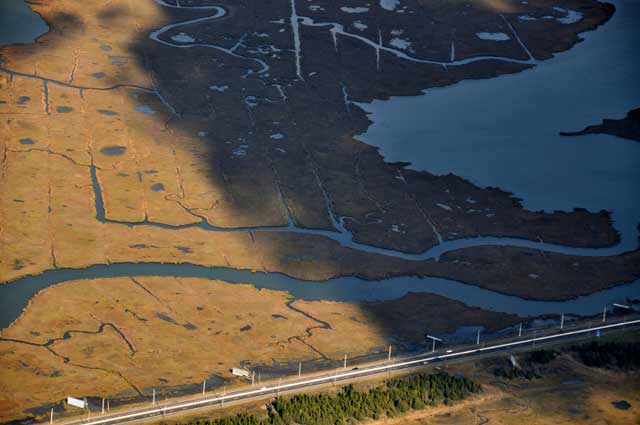
aerial photography tips – A stray cloud can easily fool your camera’s metering system if you are in Spot Mode.
It can also radically alter the color balance of your landscape.
It’s just all part of the challenging adventures of aerial photography.
Focus
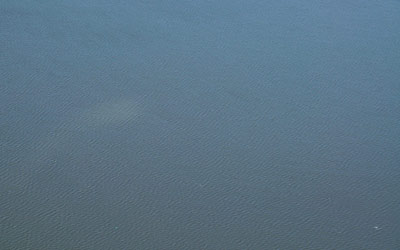
When over water, the terrain is flat and featureless. This makes it very difficult for the camera’s auto-focus to work properly, so having a subject on the water on which to focus would make for a more appealing image.
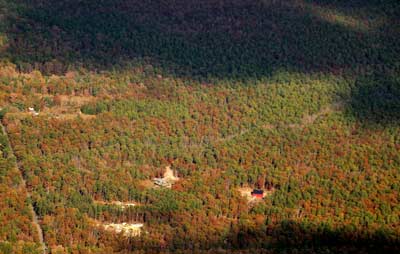
Achieving a reasonable white balance can be tricky in aerial photography if you let the camera do it for you.
Modern digital cameras have a really neat feature called auto-focus. This is a great tool for photographers with failing eyesight like me.
But the camera’s auto-focusing mechanism can be fooled by the terrain you’re photographing. If the terrain is flat and featureless (water, desert, hazy landscapes), there is little for the mechanism to latch onto, so the focusing motor will continue to “hunt” and never lock on.
There are a couple of ways around this. First, you can switch to manual focus if your camera is so equipped and do it the old-fashioned way. Or you can use auto-focus to lock onto a known point in your viewfinder and engage the focus-lock – you know your camera settings intimately, right?.
JPG or RAW Files?
There is always much debate about which file format to use. The short answer is – it depends. If you are comfortable in dealing with RAW files and have the software needed to work with them, I always advise working in RAW. Why? Well, there are a couple of reasons…..
First, RAW images always contain the maximum amount of detail that the camera is capable of capturing. JPG is a compressed format, so if you are starting with a JPG file, you will lose some definition.
Whether it is enough loss to be of concern depends on what you plan to do with the photos. If you are taking the photos for purely personal, rather than commercial, reasons, it might not matter. If you are working commercial, as I often do, than achieving maximum resolution can be a deciding factor.
Another reason to start with RAW files is specific to digital cameras (as opposed to film). With digital photography, we have to be concerned with white balance. RAW files can be easily adjusted for white balance, whereas JPG is notoriously difficult to change in post-processing.
Most digital cameras – DSLR and point-and-shoot alike – have a variety of “scene” modes to accommodate different qualities of light, such as cloudy, shade, direct sunlight, etc. Remember, you have only one light source. Anything that comes between it and your landscape, like clouds, haze or flocks of birds, can change the white balance.
I recommend not using the AUTO setting for white balance because of the possibility of rapidly changing weather conditions. The camera’s balancing mechanism just may not work the way you think it should. The solution to this problem is shoot-and-observe. That is, take the picture, immediately play it back on the camera’s monitor and make those quick adjustments as needed.
In Part 4, we will discuss how to handle the camera in the aircraft for the best aerial photography results. And we’ll take a look at some post-processing techniques that can eliminate the need for those resolution-busting filters.
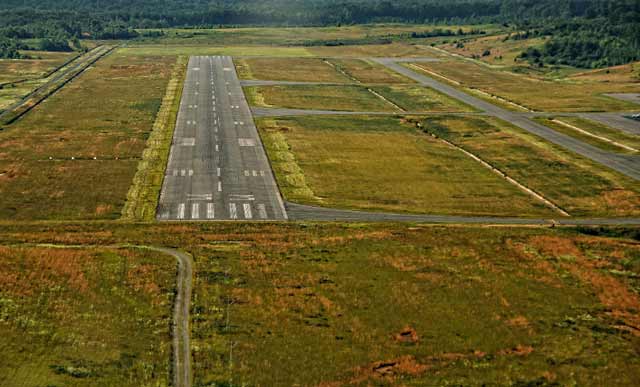
Welcome Home!
Until next time, happy flying and don’t forget to view the rest of my aerial photography tips series of articles.
by Allen Moore
All text & photos: © 2013 Allen Moore. All rights reserved.

Hi there. Thanks for sharing the info.
In 2 weeks’ time, I will be having my first helicopter ride over Sydney. My camera is Nikon D7200.
My lenses are: Nikon
AF-S 35 1:1.8G
AF-S DX 16-80 f/2.8 – 4E ED VR
AF-S 70-300 1:4.5 – 5.6 G
and
Tamron 16-300 F/3.5 -6.3
Any suggestion which lens I should use? My heart says the AF-S DX 16-80 f/2.8. But I’m not sure if I should just use the Tamron. I do not intend to change lens when Im up there. Please advise. Thanks.
Hi Joanne,
I think you are correct in planning to bring the AF-S DX 16-80, as you want to fastest lens you can bring. You need to use the largest aperture that provides the best sharpness, and with right settings for the other zoom lenses you will have a longer shutter speed that could potentially cost you the shot you want. The AF-S 35 would also work well but may provide less flexibility. The only exception I would make is if you are trying to shoot a particular object that you will need the increased zoom.
Hopefully this helps you get some amazing photos on your helicopter ride, have fun!
Wow this is a really nice view of our nature.This aerial photography really helps us to take a picture and witness the beauty of our nature here on earth. Always on track guys for securing safety.
You did a great job of explaining these cool aerial photography tips. I am still a newbie photographer and looking for more information about photography. I really like number 16 stating that we should not pray for a great weather. Flexibility and risk-taking are really at its best!